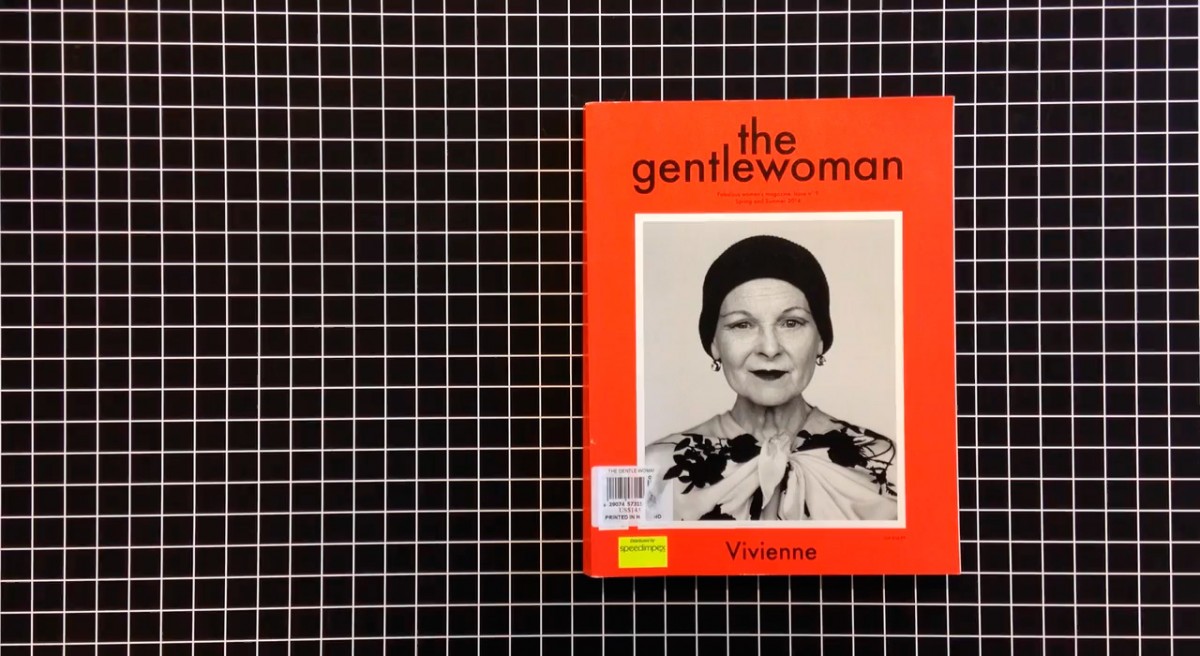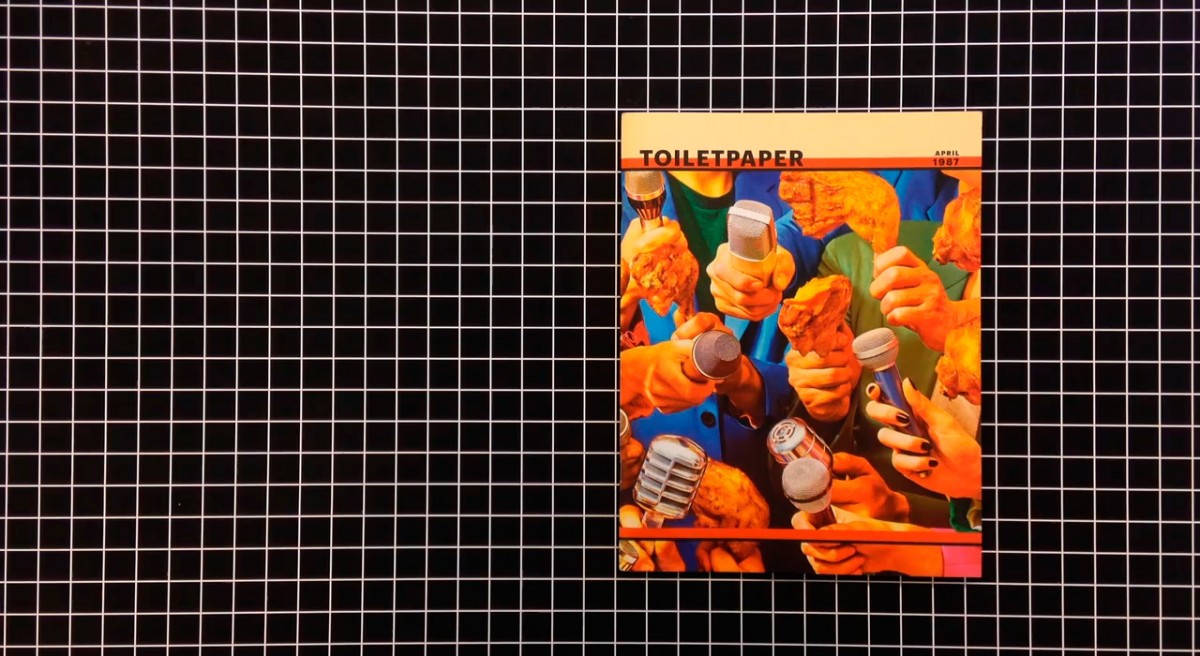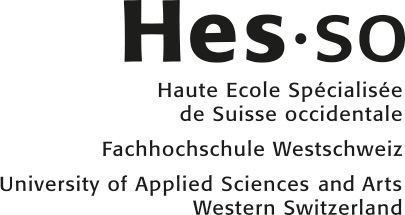Interviews
Jason Evans is a photographer producing portraiture and fashion imagery, and also working in the music industry. Jason is a lecturer on photography at the University College for the Arts in Farnham, UK, and has been working on the Internet's potential for image circulation, notably through his website www.thedailynice.com.
Marc Kremers is a digital creative director based in London. His distinctive body of work is an ongoing exploration of the ways the Internet can be used for artistic expression.
Laurenz Brunner is a graphic designer based in Berlin. He runs a design office specialising in editorial design, communication design, visual identities and custom typefaces, operating internationally within the cultural domain. He is a member of the Swiss type foundry Lineto which published Akkurat (2004) and Circular (2013). He teaches graphic design at the Gerrit Rietveld Academie in Amsterdam and has been guest critic at various art and design institutes.
Dan Michaelson is a co-partner in Linked by Air and lecturer in graphic design at Yale University. Linked by Air is an award-winning graphic design studio based in New York City, specializing in the creation of design systems and technological platforms that grow with institutions. They work with major cultural and educational organizations, charities, artists, architects and corporations.










